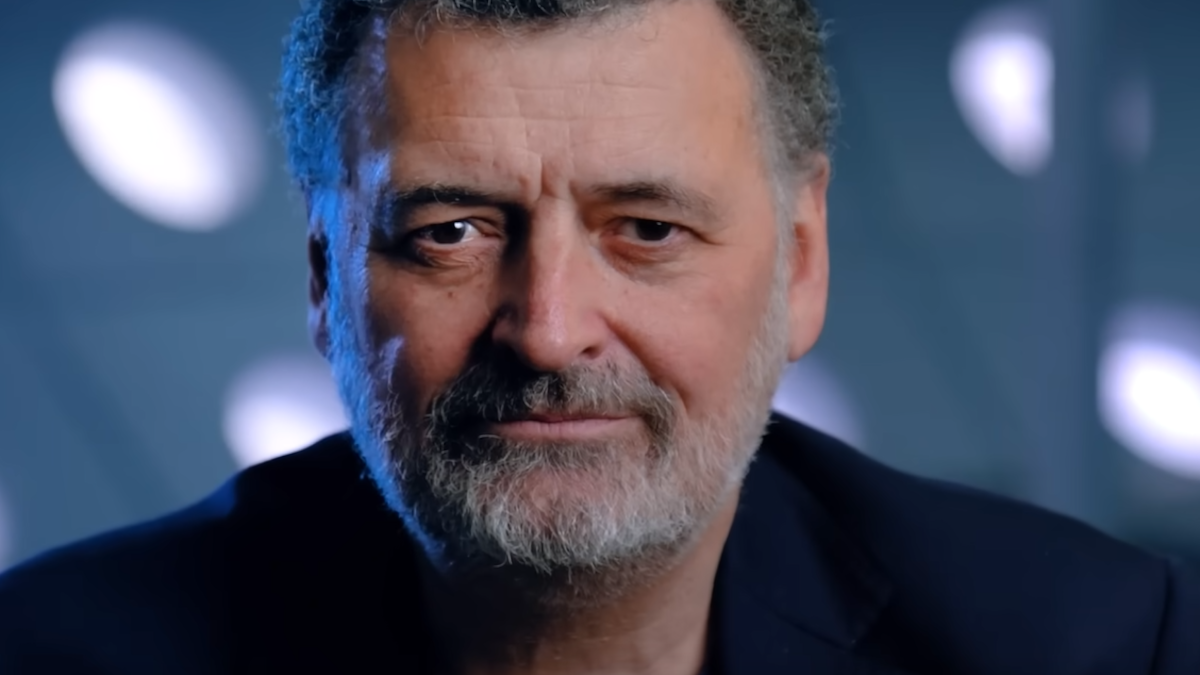Steven Moffat is the most prolific writer of Doctor Who since the revival back in 2005. With over 50 episodes to his name, he’s responsible for some of the show’s most well-known enemies and most heartwarming stories.
I have to admit, I had a really hard time choosing from his episodes to come up with this list, but I’ve managed to narrow it down to ten. Choosing an order was even harder, but after some soul-searching and many rewatches, here are my top 10 Steven Moffat episodes of Doctor Who.
10. A Christmas Carol
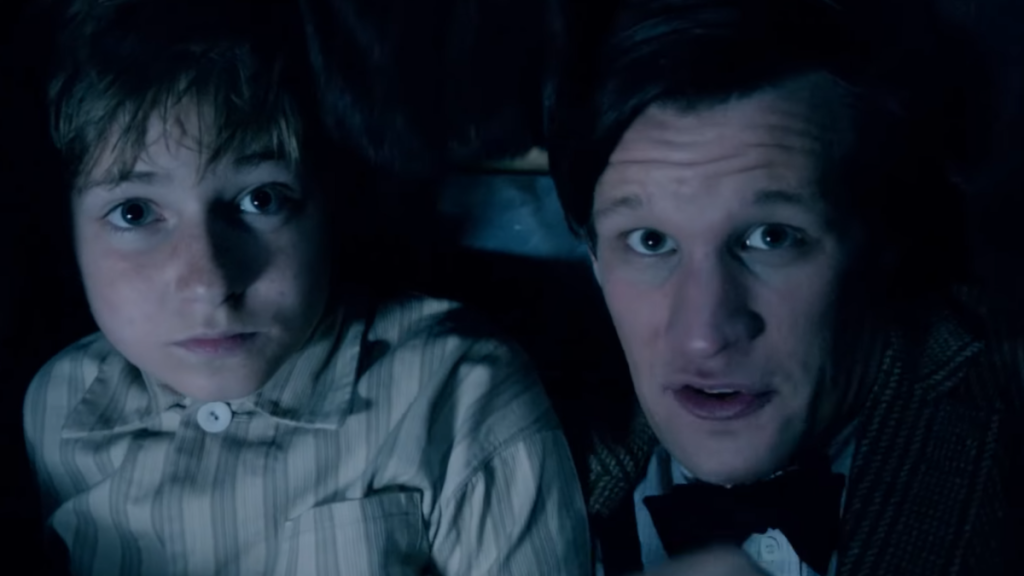
Even if you’ve never seen an episode of Doctor Who before, there’s no way you wouldn’t know Charles Dickens’ A Christmas Carol, and this episode blends the two in a way that I can’t help but love.
This was the first episode of Doctor Who to ever air in the UK and USA on the same day, Christmas Day 2010. The Doctor, played by Matt Smith, meets a man named Kazran Sardick. Kazran has complete control over the cloud layer of the planet and is the only person who can save those on board a cruise liner headed for disaster.
However, Kazran is miserable and mean, much like Scrooge in the original Dickensian tale. The Doctor travels through time to try and change Kazran with the help of a cryogenically frozen woman named Abigail, played by Catherine Jenkins. This one is heartwarming and the perfect Christmas watch for any Doctor Who fan.
9. The Return of Doctor Mysterio

After a brief visit to New York in 1992, the doctor witnesses an eight-year-old boy swallow a wish-granting capsule, having mistaken it for medicine for a cold that he was suffering from. The boy’s wish? To be a superhero. He ends up with superpowers, but the Doctor makes him promise never to use them before leaving. I’m sure I don’t need to tell you what happened after the Doctor left.
There are two reasons that The Return of Doctor Mysterio is on this list. First of all, Matt Lucas playing Nardole instantly makes an episode amazing. The second reason is the battle faced by Grant, the small boy who became the superhero known as The Ghost, who is also a babysitter for the other main character in this episode, Lucy Fletcher. He has to juggle not only his crush on her and his role as her babysitter but also the fact she has no idea he’s a superhero.
8. Deep Breath
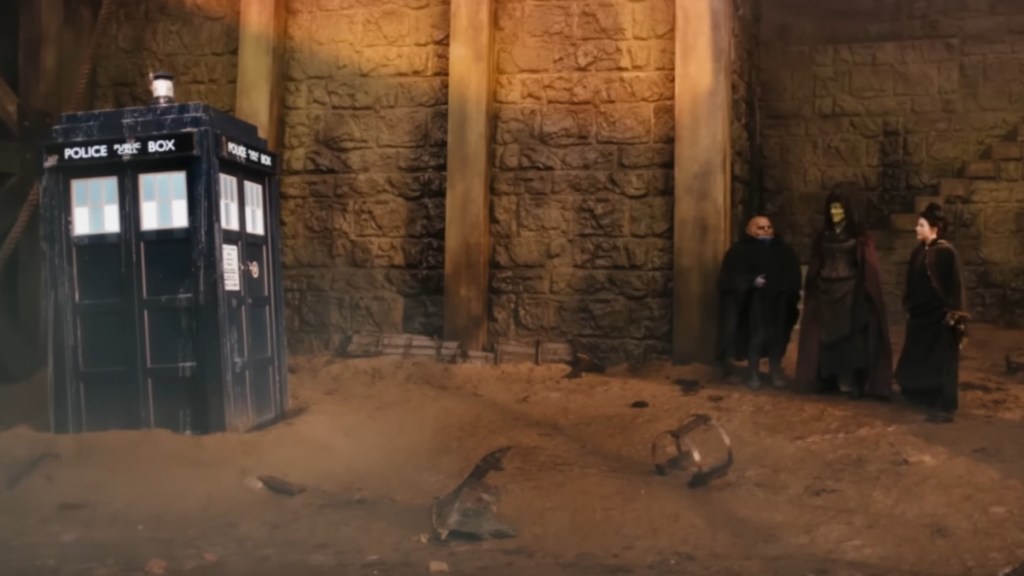
We’ve established by now that any episode that sees the Doctor travel to the past is a favorite of mine, and Deep Breath is no different. It’s the first full episode with Peter Capaldi as the Doctor, and with Clara at his side, they travel back to Victorian Britain to find a Dinosaur loose in the Thames.
I also loved the introduction of Capaldi as the Doctor. He’s confused, displaced, and feeling very confused. It’s a realistic interpretation of how I think it would feel to regenerate in an entirely new body. Coupled with Clara’s struggle to accept that the Doctor is now an old man and Matt Smith’s cameo to help her come to terms with the change, this episode is incredibly well written, and I will always count it among my favorites.
7. The Doctor, the Widow, and the Wardrobe
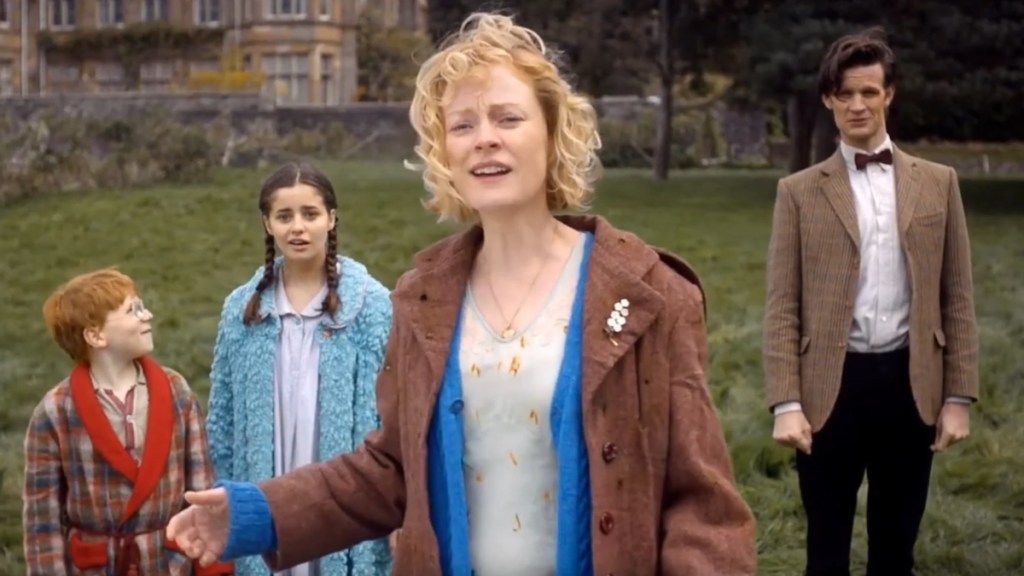
After traveling back to Christmas Eve 1941, the Doctor ends up as caretaker to two children, Lily and Cyril. Their father, Reg, is missing and presumed dead after his plane was lost over the English Channel and their mother, Madge, has decided to keep this fact a secret from their children until Christmas is over.
Although there are elements taken from C.S. Lewis’ The Lion, the Witch and the Wardrobe (such as the portal to another world and the fact that the children end up crowned, at least for a while), this story is touching and sad, but it does have a happy ending when Reg is reunited with his family after Madge performs a life-saving miracle for the forest inside the portal.
6.The Girl Who Died
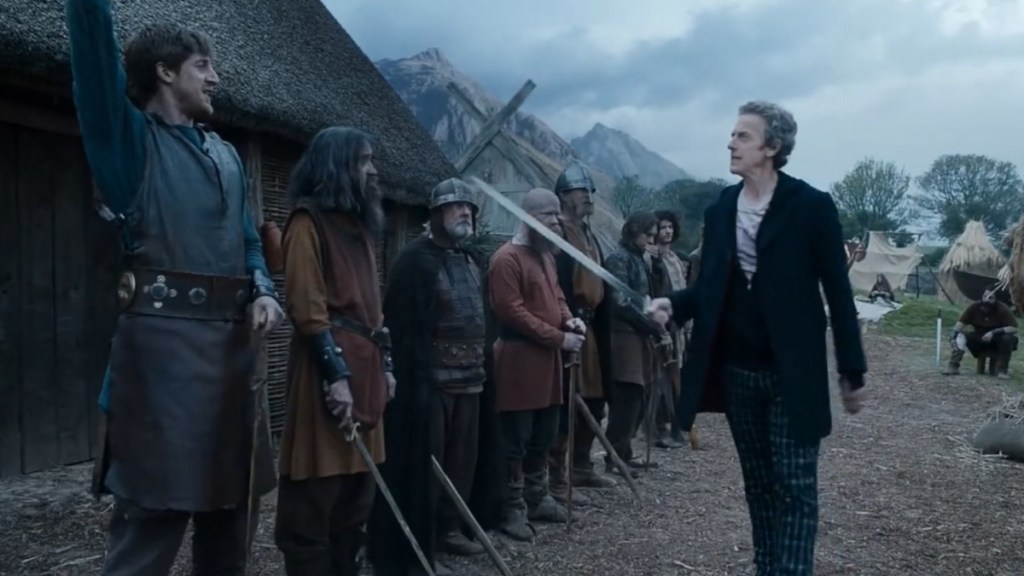
Imagine the Doctor traveling to the past, rocking up to a Viking settlement and claiming to be none other than the god of war and death, Odin. That’s the beginning of The Girl Who Died, but there’s a lot more to this story than the humorous beginning.
The Earth Vikings are set upon by the Mire, a Viking-like race who love nothing more than mercilessly attacking others in order to better them in acts of battle. Long story short, the Doctor is able to remove one of the Mire’s helmets and concocts a plan involving a child with incredible storytelling skills and a supply of electric eels.
The girl, Ashildr, dies due to using the helmet, but the Doctor refuses to let her be a victim of this war. Instead, he breaks the rules and uses a chip from the Mire helmet to help her organs regenerate, effectively making her immortal. She eventually goes on to travel the universe with Clara.
5. The Angels Take Manhattan

I don’t know precisely what makes this a favorite episode of mine. The Weeping Angels are involved, which instantly makes for an unforgettable episode, but The Angels Take Manhattan is rather predictably set in the city of New York, which is my home whenever I visit America, so perhaps it’s the vague familiarity I feel when watching, albeit with a very different Statue of Liberty.
Whatever the reason, The Angels Take Manhattan has Matt Smith as the Doctor, experiencing some “timey-wimey” goings on. River Song turns out to be the author of a detective novel written in 1938, the year in which Rory finds himself thanks to the Angels. There’s also a whole new level of creep-factor due to the cherubic Weeping Angel babies with giggles that still give me shivers to this day.
4. The Pandorica Opens / The Big Bang

After Rory is erased from existence when he is shot dead by a Silurian and absorbed by a crack in time and space in Cold Blood, the last place you may expect him to pop up again is Roman Britain, but that’s exactly where we see him next. Sadly, Amy has no memory of him and both Rory and the Doctor are incredibly confused as to why he’s there.
These two episodes are too complicated to explain in a couple of paragraphs, as there’s a lot of “timey-wimey” stuff, current-age Amy running around alongside her younger self, and a Dalek who gets brought back to life by the light of the Pandorica.
What makes this episode a favorite, though, is the love story of Amy and Rory. Rory, now an ageless Auton, stays with Amy when she gets trapped inside the Pandorica and remains steadfast at her side for 2,000 years. He never gives up on her, and if that’s not true love, I don’t know what is. They end up finally getting married and the Doctor shows up at their wedding. It’s a tearjerker moment.
3. The Time of the Doctor
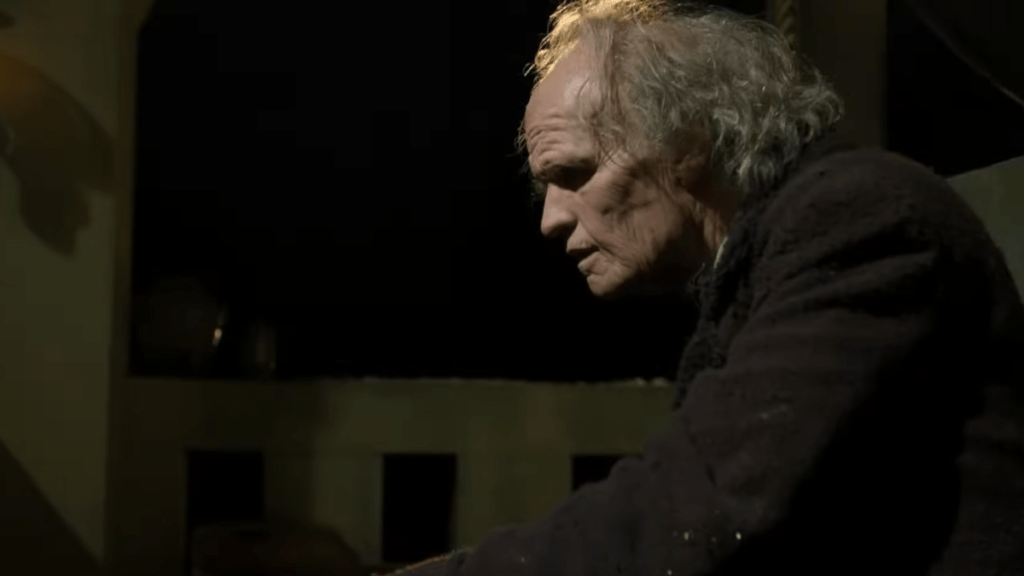
With the Doctor all out of regenerations (or so we were led to believe at the time), he tricks Clara into leaving him on Trenzalore only for her to return 300 years later to find him still there, defending the world from Daleks and Cybermen.
Although this wasn’t the end of Doctor Who, obviously, the fear that it could be still hits me every time I rewatch this episode. The Doctor’s determination to remain on Trenzalore is both admirable and infuriating, but also understandable. Clara, in the end, saves him by begging the remaining Time Lords to help him through a crack in the universe.
2. A Good Man Goes to War

The best thing about this episode was the secrecy leading up to its release. A Good Man Goes to War is the Doctor Who episode which reveals the true identity of River Song. It turns out that she is the daughter of Amy and Rory, Melody Pond, and only a very limited number of people knew what would be revealed when the episode aired.
She was conceived while the TARDIS was traveling through the Time Vortex, causing her to have traces of Time Lord DNA. One of the characters in this episode, Lorna, gives Amy a gift in honor of Melody, but because of a translation error, the name on the gift reads River Song.
This, essentially, makes Amy and Rory the Doctor’s parents-in-law, the weirdness of which will always leave this episode as one of my favorites.
1. Blink
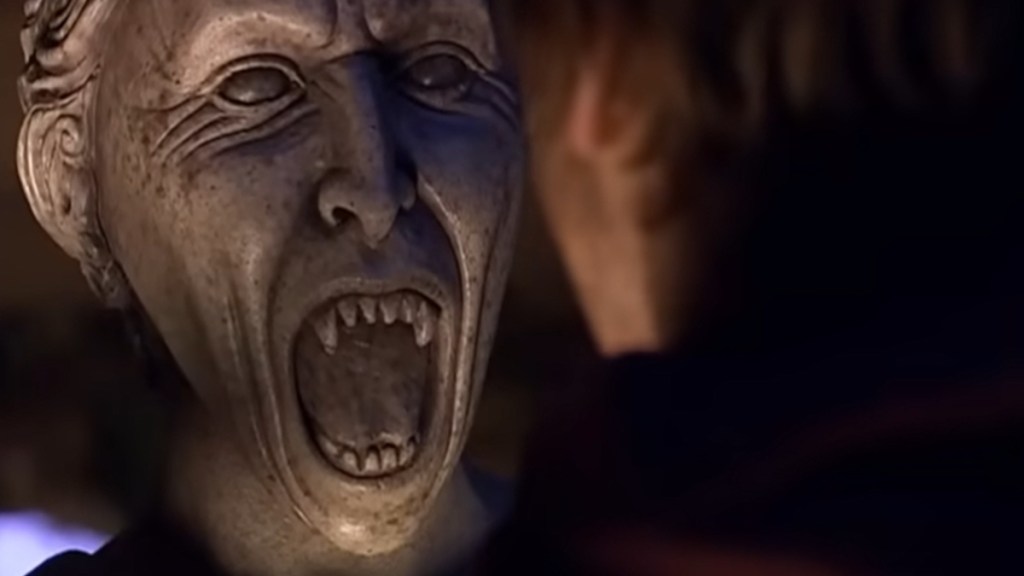
I don’t know about you, but I’m always surprised whenever I remember that the Weeping Angels are a creation of the Doctor Who revival and not a recurring monster from the original run. The Doctor first faced these creepy moving statues in 2007, but they’re so quintessentially ‘Who’ that most would assume they’ve been around as long as the Daleks or Cybermen.
Of all the terrors faced by the Doctor, Weeping Angels have had the biggest effect on me, and I’d argue it’s the same for most people – any statue of an angel now feels vaguely threatening, especially those found in graveyards. And even videos and pictures of them aren’t entirely safe, as we learned in The Time of Angels: “That which holds the image of an Angel becomes itself an Angel.”
